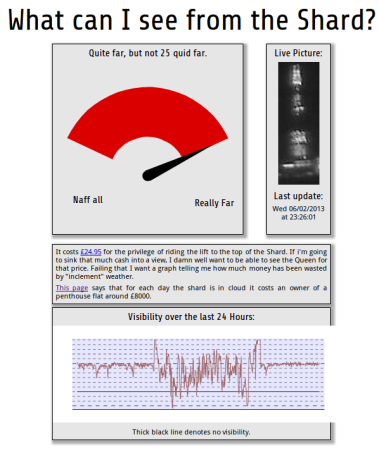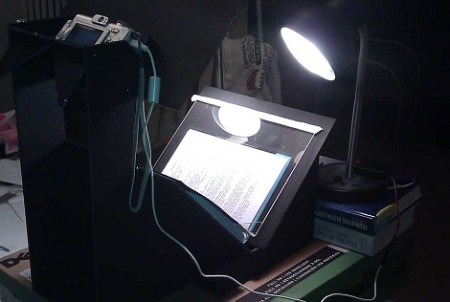As 3D printing continues to grow, people are developing more and more ways to get 3D models. From the hardware based scanners like the Microsoft Kinect to software based like 123D Catch there are a lot of ways to create a 3D model from a series of images. But what if you could make a 3D model out of a single image? Sound crazy? Maybe not. A team of researchers have created 3-Sweep, an interactive technique for turning objects in 2D images into 3D models that can be manipulated.
To be clear, the recognition of 3D components within a single image is a bit out of reach for computer algorithms alone. But by combining the cognitive abilities of a person with the computational accuracy of a computer they have been able to create a very simple tool for extracting 3D models. This is done by outlining the shape similar to how one might model in a CAD package — once the outline is complete, the algorithm takes over and creates a model.
The software was debuted at Siggraph Asia 2013 and has caused quite a stir on the internet. Watch the fascinating video that demonstrates the software process after the break!
Continue reading “3-Sweep: Turning 2D Images Into 3D Models”
















